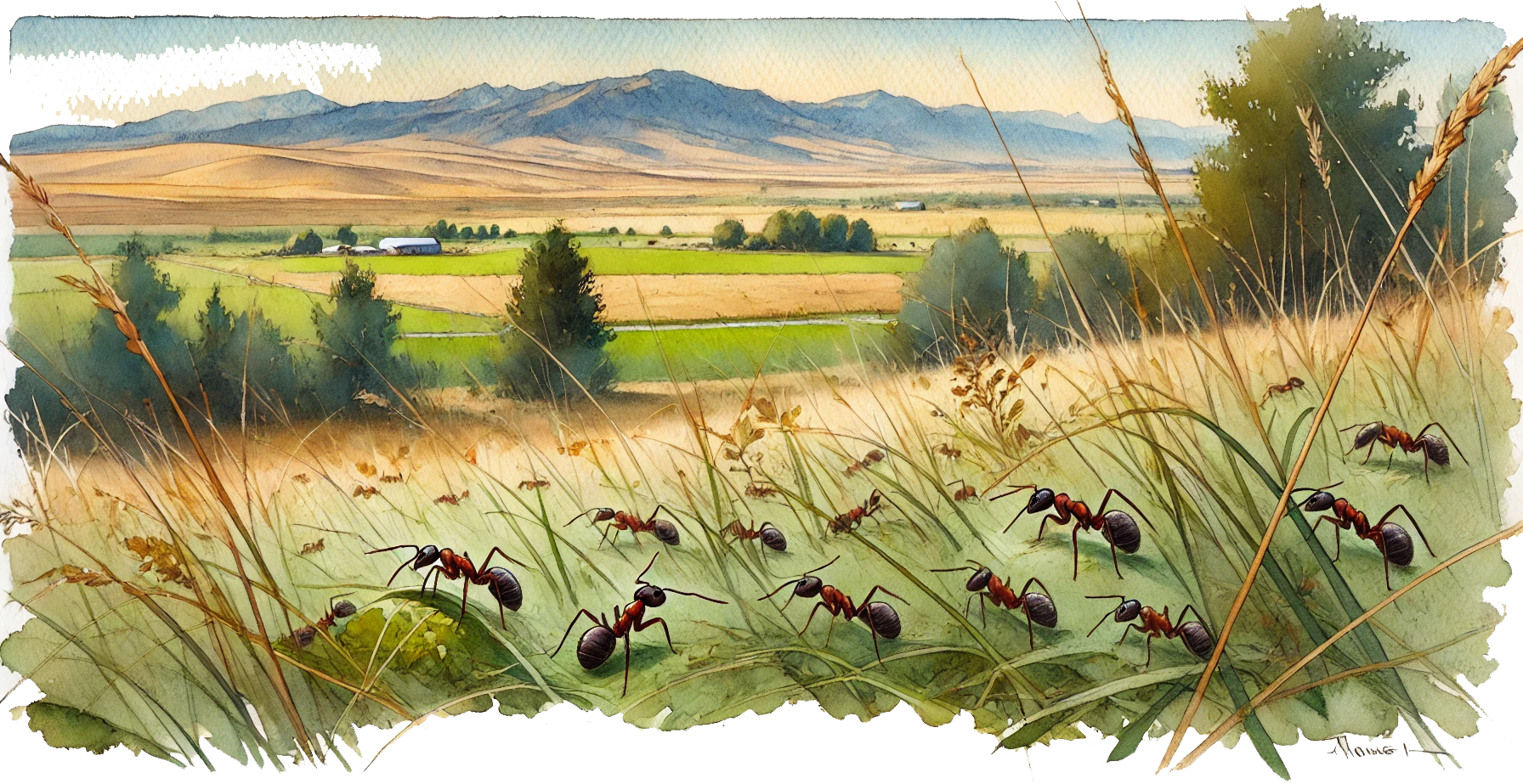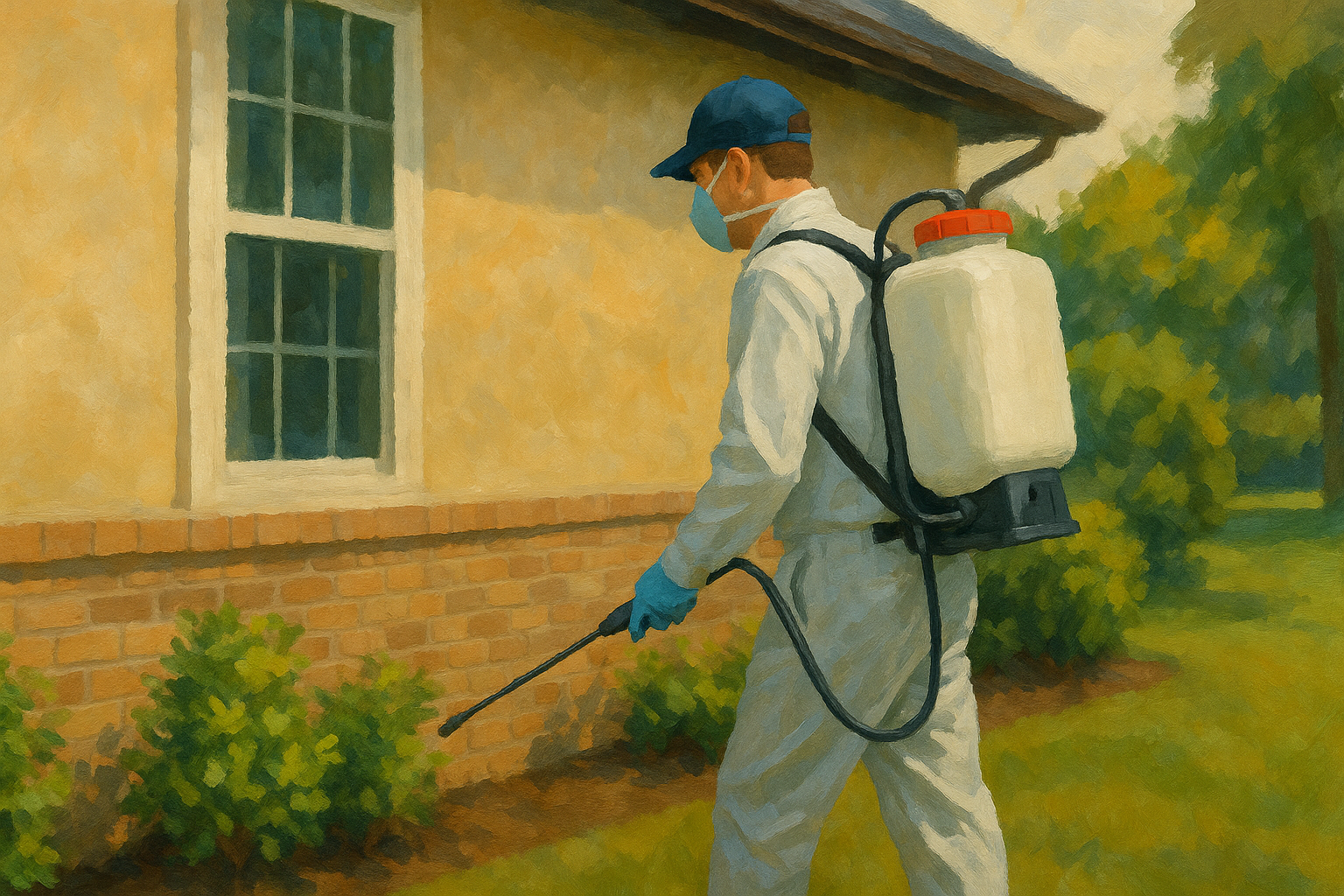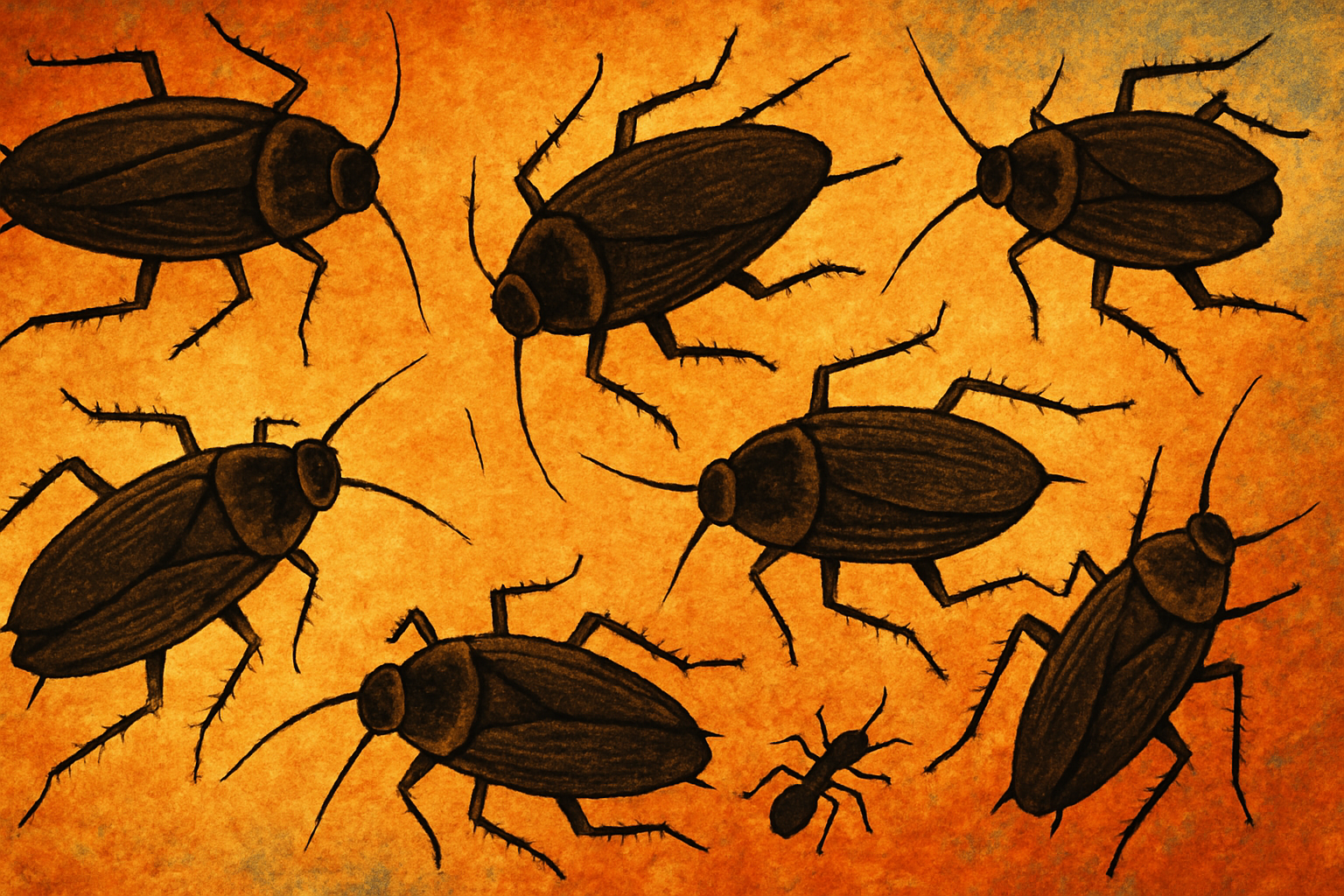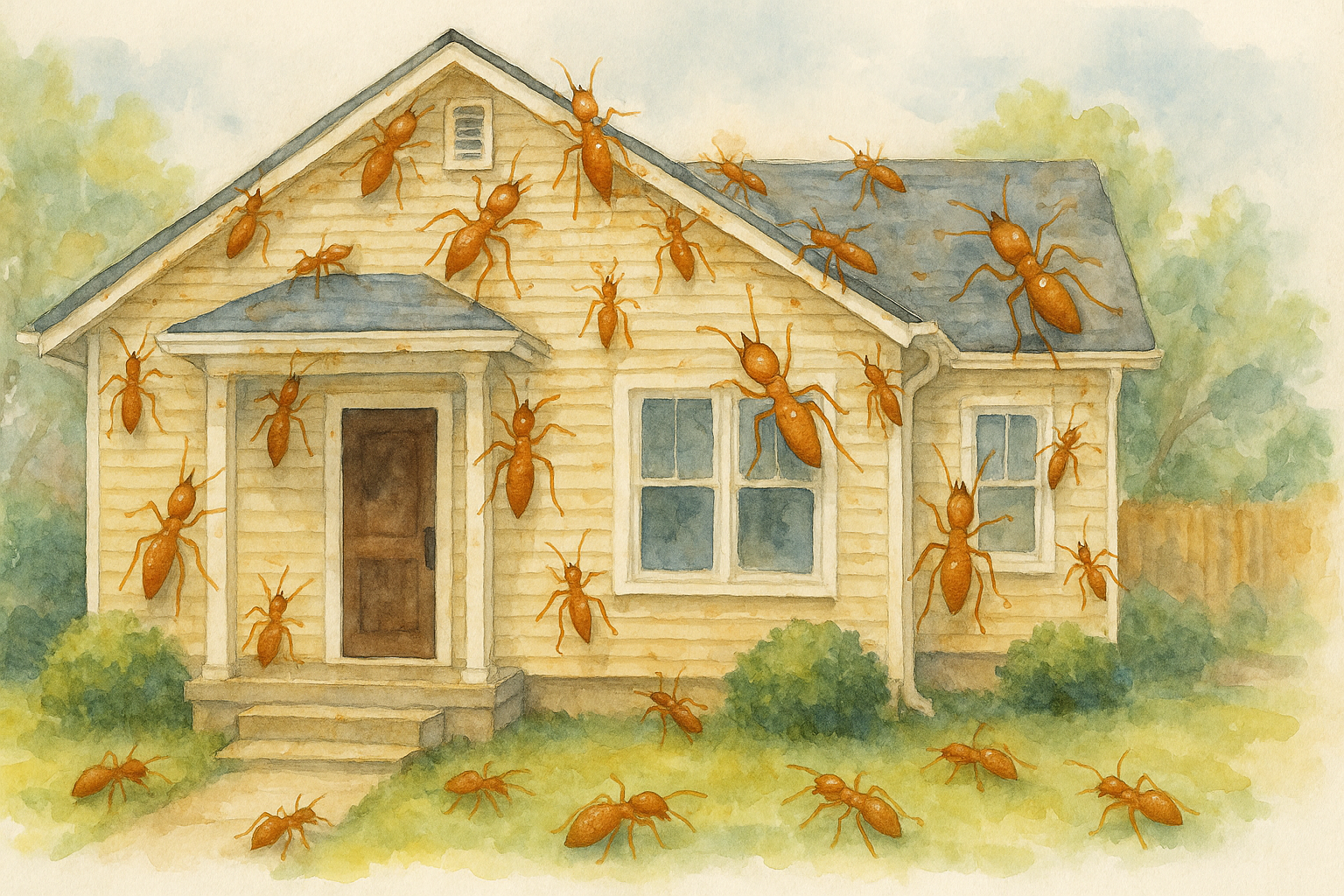Living in the country offers tranquility, open spaces, and a close connection with nature. However, with the beauty of rural life comes the challenge of managing pests, which are often more abundant and diverse in these environments than in urban settings. From rodents and insects to larger wildlife, rural homeowners frequently face infestations that can affect both property and health. This raises an important question: does pest control work effectively in the country?

The short answer is yes—pest control can be highly effective in rural areas, but it often requires a tailored approach. Below, we explore how pest control works in the countryside, the unique challenges faced by rural homeowners, and why professional pest management may be the best solution for keeping your property pest-free.
Why Pests Are More Prevalent in Rural Areas
Rural properties tend to be surrounded by forests, fields, or other natural habitats that are home to a wide variety of pests. The close proximity to these ecosystems makes it easier for pests to migrate onto properties, and factors such as agricultural activity, livestock, and barns can attract even more wildlife. Some common rural pests include:
- Rodents (mice, rats, voles)
- Insects (spiders, ants, ticks, mosquitoes)
- Larger wildlife (raccoons, skunks, deer)
In rural areas, these pests have greater access to food sources and shelter, making pest control a necessity rather than an option. For example, we provide pest control in Melba, ID and we have seen the prevalence of pests that we simply don't see in the more urban areas we service.
Challenges of Pest Control in the Country
One of the biggest challenges in rural pest control is the scale of the environment. In urban settings, pests are more contained due to limited green spaces and structured housing. However, in rural areas, pests have larger habitats and more opportunities to thrive. The presence of barns, sheds, and large plots of land can make it difficult to completely eliminate infestations without consistent monitoring.
Another challenge is the diversity of pests. Rural properties are susceptible to a wider range of creatures, including not only insects but also larger animals like raccoons or deer that may cause damage to gardens and crops. The variety of pests can require multiple methods of control, from traditional traps and insecticides to wildlife exclusion and habitat modification.
Effectiveness of Pest Control in Rural Areas
Pest control methods are highly effective in rural areas, but they often need to be more comprehensive and consistent than in urban settings. Here’s how pest control can work in the countryside:
- Integrated Pest Management (IPM): This approach combines multiple strategies, such as habitat modification, physical barriers, biological control, and chemical treatments, to target specific pests. IPM is particularly effective in rural settings because it focuses on long-term prevention rather than just short-term elimination.
- Barrier Treatments: Applying treatments around the perimeter of buildings, barns, and other structures creates a protective barrier that can stop pests from entering. This is especially useful for insects like ants and spiders, as well as rodents.
- Wildlife Exclusion: For larger animals, pest control often involves exclusion techniques, such as fencing, sealing entry points, and using traps to prevent wildlife from damaging crops, gardens, or property.
- Targeted Rodent Control: Rodent infestations are more common in rural areas due to the abundance of food and shelter. Rural pest control services often include trapping, bait stations, and preventive measures to keep mice and rats from entering homes and barns.
DIY vs. Professional Pest Control
While some homeowners may attempt to manage pests themselves, professional pest control is often the most effective solution in rural environments. Professionals can identify specific pest problems, implement tailored treatments, and provide ongoing monitoring to ensure that infestations don’t return.
In rural areas, where pests are more abundant, the expertise of a pest control professional is invaluable. They can recommend the best products, techniques, and strategies based on the specific pests you’re dealing with. Furthermore, they can offer eco-friendly and humane options, especially when it comes to dealing with wildlife.
The Importance of Regular Maintenance
Pest control in rural areas is not a one-time solution. Given the proximity to natural habitats, pests are likely to return if regular maintenance isn’t performed. A seasonal pest control plan that involves periodic inspections and treatments is often necessary to keep rural properties pest-free.
Conclusion
Yes, pest control absolutely works in rural areas, but it requires a more comprehensive and consistent approach than in urban environments. With a combination of professional expertise, regular maintenance, and tailored methods, rural homeowners can effectively manage pest problems and enjoy the beauty of country living without the inconvenience of infestations.
For rural homeowners, professional pest control is often the best way to ensure that their property remains protected from the wide variety of pests found in the countryside.
Contact Today For $100 Off Your Initial Service!
⭐⭐⭐⭐⭐
Backed by our Bigfoot Guarantee!
What Customers Are Saying:
"Everyone from Bigfoot is awesome. They are always on time. They're extremely thorough. I've not had a single issue in the two years they have been treating our home. Well worth it!"
T. Potter | Meridian, ID






